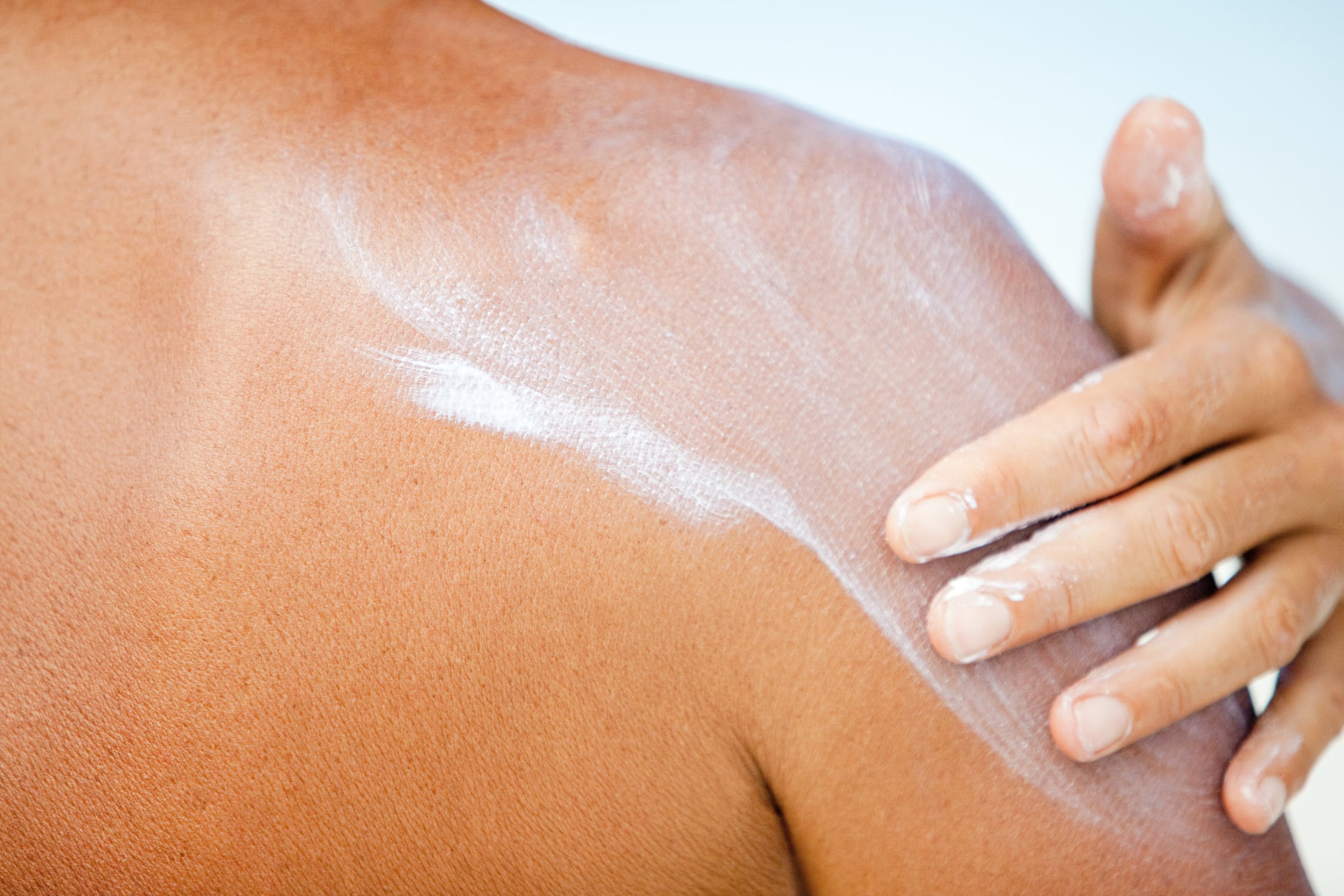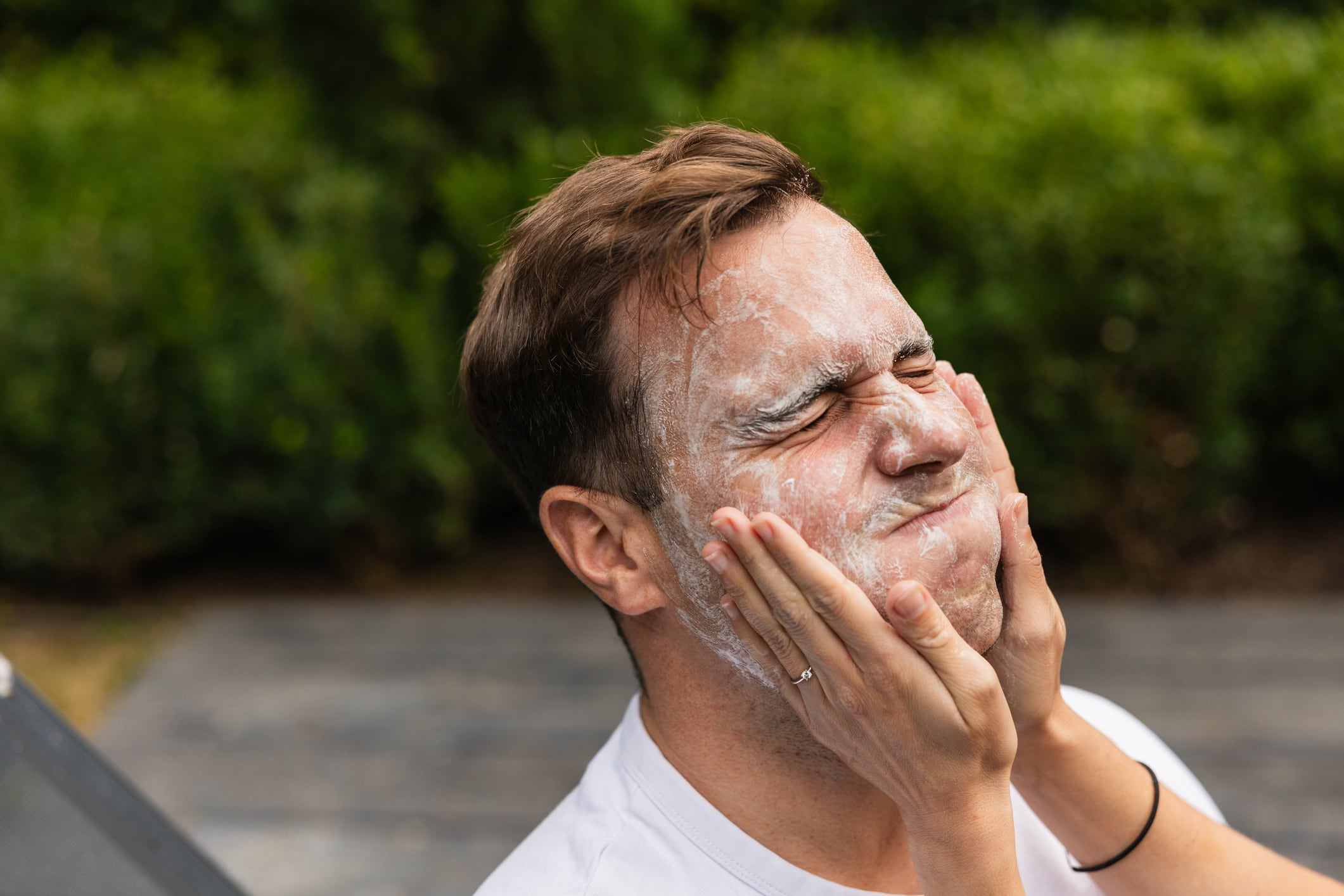The findings, published this month in Critical Reviews in Toxicology, arrive at a critical time for North American manufacturers, suppliers, and regulatory stakeholders as the FDA continues its ongoing review of sunscreen ingredients.
“For brands and formulators, this review further validates avobenzone’s role as a cornerstone of broad-spectrum UV protection,” Dr. Kimberly Norman, PCPC’s senior director of safety and regulatory toxicology and lead author on the study, told CosmeticsDesign.
Study confirms low absorption & no significant toxicity markers
The review assessed both clinical and nonclinical data to evaluate avobenzone’s human health risk profile, covering pharmacokinetics, toxicology, and real-world exposure data from human biomonitoring and regulatory databases.
The authors concluded that “avobenzone has a suitable safety profile without any clear markers of toxicity or endpoints of concern.” They found “no evidence of avobenzone effects on immune tissues or the estrogen, androgen, or thyroid systems,” and noted that the ingredient “has not shown any indication of genotoxicity either in vitro or in vivo.”
Importantly for formulators and regulatory affairs teams, dermal absorption was found to be low. “The clinical data indicate very low percutaneous absorption in humans,” at less than 1% of the applied dose, the authors wrote.
The review established a NOAEL (no-observed-adverse-effect level) of 450 mg/kg/day from sub-chronic oral studies in rats, resulting in a calculated margin of safety greater than 100, which exceeds the standard thresholds for safety assurance.
Findings offer clarity for industry and regulators
The Personal Care Products Council (PCPC), which sponsored the research, emphasized the significance of the findings for the U.S. market.
“The findings of the comprehensive review reinforce what decades of scientific data have already shown: avobenzone is a safe and effective sunscreen ingredient,” said Dr. Norman.
“At a time when consumers are increasingly scrutinizing product safety and manufacturers are navigating evolving regulatory landscapes, the findings provide clarity and reassurance.”
For North American manufacturers and suppliers, the review supports continued innovation within regulatory parameters. “Consumers, manufacturers, suppliers and other stakeholders should be confident in the findings of this review,” Dr. Norman said.
Formulation implications & and the FDA review process
In the United States, avobenzone is permitted for use in OTC sunscreen products at concentrations up to 3%. It is currently the only FDA-listed dedicated UVA absorber in the Sunscreen Monograph, making it a foundational component of broad-spectrum sun care products on the market.
“This comprehensive, weight-of-evidence evaluation is supportive of the continued safe use of avobenzone,” Dr. Norman said. “It reaffirms the safe use of the UV filter within regulatory safety requirements.”
The review may also help guide the FDA’s ongoing review of sunscreen active ingredients. “The review provides robust, science-based evidence that supports its continued safe use,” she said. “We hope that the research informs FDA’s decisions by reinforcing the ingredient’s safety profile and guiding future regulatory updates through balancing innovation with consumer protection.”
A potential model for future ingredient reviews
The study’s methodology, which incorporates both traditional and non-animal testing data, may serve as a framework for evaluating other UV filters currently under regulatory scrutiny.
“Yes, this review sets a strong precedent for how UV filters and other sunscreen ingredients can be assessed using current scientific methodologies, including non-animal testing methods, and transparent processes,” Dr. Norman said.
She added that a similar approach was used for another recent safety evaluation of sunscreen ingredient ensulizole, highlighting the industry’s commitment to proactive ingredient review.
Source: Critical Reviews in Toxicology, 55(6), 662–692. doi: 10.1080/10408444.2025.2535394. “Comprehensive review of avobenzone (butyl methoxydibenzoylmethane) toxicology data and human exposure assessment for personal care products.” Authors: Norman, K. G., et al.





